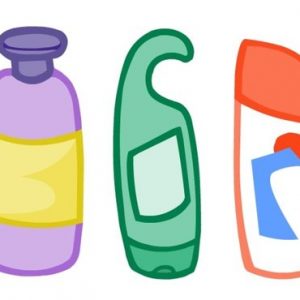
Having long flowing locks can be more than just wishful thinking, you can make it happen.
There are several different ways you can help keep your hair healthy. Here are 6 practical and easy to do tips that limit hair loss:
- Use a comb. Avoiding pulling your hair aggressively with plastic bristle brushes.
- Use a hair consultant, hair and scalp specialist (trichologist), or doctor for advice when deciding to color hair or when purchasing a wig. Another great place to check out is Sure Hair International for advice and resources.
- Use towels like sponges when drying hair. Avoid rubbing or aggravating the scalp.
- Be careful when buying and using shampoos and conditioners. Some of these items can be detergent based. Detergent based shampoos when tested in the laboratory, have been shown to damage hair. (1) Sodium laurel sulphate is an example of an ingredient to watch out for.
- Use that pool side shower. When using chlorinated pools or when swimming in the ocean it is good practice to rinse your hair after. Chlorine can discolor hair, can make your cuticles (outermost part of the hair shaft) and make your cortex layers (thickest hair layer) worn out. (2) If you want your hair to be strong and protected you’ll want to keep your cortex layer and hair cuticles healthy.
- A balanced healthy diet can help with hair loss. (3) Some ingredients to a healthy diet include amino acids, which make up the protein found in hair. (4) Other key ingredients include fatty acids, iron and vitamin A which could influence hair health. (4–6) When in doubt try to stick with Canada’s Food Guide as an outline. Another resource to check out is your family doctor or nutritionist who can cater your diet to meet your personal needs and goals.
Article by: Sarah Versteeg MSc, Mediprobe Research Inc.
- Bellare J, Iyer R, Mainkar AR, Jolly CI. A study on the conditioning effects of natural shampoos using the scanning electron microscope. Int J Cosmet Sci. 2001 Jun;23(3):139–45.
- Nanko H, Mutoh Y, Atsumi R, Kobayashi Y, Ikeda M, Yoshikawa N, et al. Hair-discoloration of Japanese elite swimmers. J Dermatol. 2000 Oct;27(10):625–34.
- Hughes W. Achromotrichia in Tropical Malnutrition. Br Med J. 1946 Jul 20;2(4463):85–7.
- Rushton DH. Nutritional factors and hair loss. Clin Exp Dermatol. 2002 Jul;27(5):396–404.
- Holman, R.T. Essential fatty acid deficiency. Progress in the Chemistry of Fats and Other Lipids. Part 2. Vol. 9. Oxford: Pergamon Press; 1968. 280 p.
- Everts HB, Silva KA, Montgomery S, Suo L, Menser M, Valet AS, et al. Retinoid metabolism is altered in human and mouse cicatricial alopecia. J Invest Dermatol. 2013 Feb;133(2):325–33.












